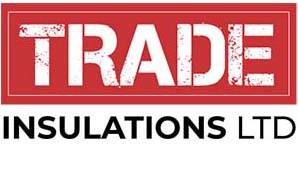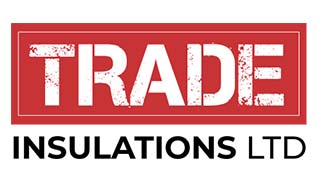Insulation has evolved throughout the years and each evolution had its own way of keeping homes warm. Consequently, evolution has changed the way we build homes. Homes build a long time ago might be still standing but many can agree they are not similar to modern houses.
Today’s houses are designed in a way that helps reduce carbon footprints and one of the areas that can help this happen is insulation.
How insulation products have evolved over time
Insulation products are key when it comes to retaining energy and protecting your home. In the past, insulation was made of makeshift materials and was created with any material that could help keep your home warm.
We have come a long way when it comes to the product development of insulation products. In the prehistoric era, individuals used clothing materials as their insulation. Some of these materials include wool or fur. These materials were important at that time but they were not sustainable for long and they had a short lifespan.
Therefore, there was a need to find other options such as effective, long-term insulation materials. Over time, new build materials like concrete and cast-iron emerged but the weather conditions meant that insulation was necessary.
People then turned to natural materials like wheat straws for thatching. The hollow fibre straws and reeds offered an incredible level of thermal resistance. As a result, thatched houses became a sensation, particularly in northern Europe and America.
On the 1940s and 1950s, plastic foams because a game-changing development in the insulation niche. The plastic foams replaced the natural insulation materials and after the 1950s, product development of insulation materials accelerated.
Polyethylene foam (PE) and Polyester Foam (Pes) were invented during that period. Formaldehyde foam and phenolic foam were discovered in the 1970s while melamine foam appeared in the 1990s. The world of insulation is evolving and so is PPE
Today, many companies are still striving to develop more efficient insulation products for thermal insulations, vacuum insulation panels, nanocellular foams, and switchable thermal insulation. Today, thermal insulation is made up of artificial materials like Aerotherm. Insulation products can be found on our website.
How the evolution of materials has changed how we build houses
There was a time that homes in the UK were built with one solid wall. They were prone to dampness and were not good at preserving warmth. Over time, it was realised that there were changes that could be made to the way a house can be built. The materials used can affect how a house is designed and can make a difference in the long term.
While insulation has changed how we design our homes and build them it has been of great importance to those who call it their home. Insulation helps decrease the heating bills and also ensure a home is warm and comfortable regardless of the weather condition outside. According to Energy Saving Trust, a typical three-bedroom semi-detached home can save £310 on heating bills when you install loft and cavity wall insulation.
Whether it is for design or reducing carbon footprint purposes, we can all agree that the carbon footprint is here to stay.

